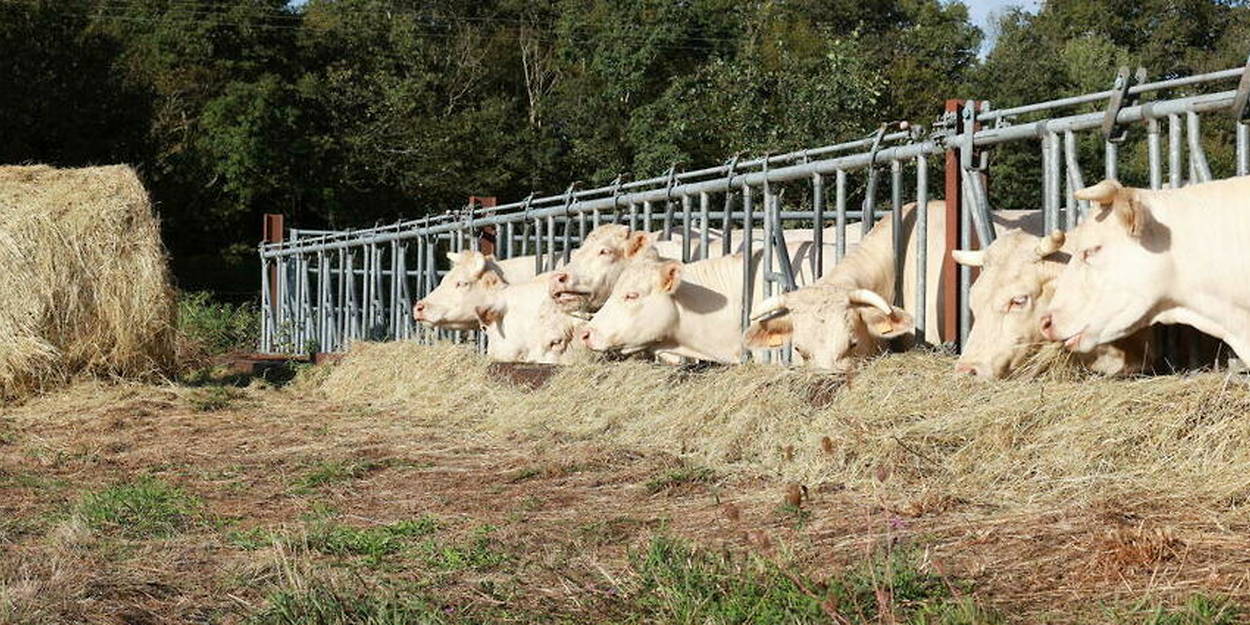They are often confused because they are stored in the form of bundles, while one is used to feed the cattle, the other to constitute a bedding.
By Geraldine Woessner
Published on
Ineophytes often confuse them when they are presented in the same way on farms, in the form of bundles. Hay and straw are two very different things!
Hay is fodder, i.e. food made from a mixture of mown grasses and plants: clover, alfalfa, bromegrass, rye, timothy, etc., which are then dried to prevent moisture and mold. It is intended for the feeding of domestic animals (horses and cattle) during the bad season. For the stalks to be rich in nutrients, the mowing of the grass is preferably done before heading (the emergence of the ears) for certain cereals, and before flowering for plants.
“Hay” for “hunger”
Straw is made up of the hollow stems and leaves of cereals (wheat, barley, etc.) left over after harvest. Of low nutritional value, it is primarily used as bedding for livestock, or for weaving baskets. It is obtained by threshing during harvest, then by separation of the grains by combine harvesters. The straw is therefore collected in the strip of fodder left on the ground.
READ ALSOWhat is the difference between the traditional baguette and the classic baguette?
Always for the straw, the part of the stem which remains on the ground is called the stubble. There are mainly two types of straw: hollow straws (barley, oats, wheat) and solid straws (durum wheat, corn, sorghum).
To avoid confusion, a mnemonic device is often used: hay is intended to feed livestock, because “hay” rhymes (almost) with “hunger”!
READ ALSOVole: the invasion that worries the countryside
